Research lies at the core of Eoghan Lewis’ Sydney Architecture Walks and cycling tours. This not only feeds into his city-side narratives, but provides sustenance for his own architectural projects. Alice Blackwood picks up a thread or two.
April 12th, 2012
Eoghan Lewis’s Sydney Architecture Walks and bike tours are, as he describes it, a series of “quiet conversations about the city”. The language of these narratives is simple and inclusive, but the ideas are rich and resonant, he says.
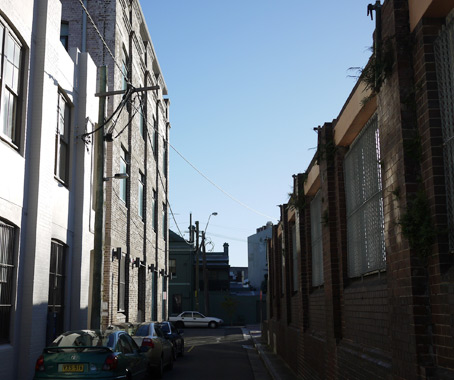
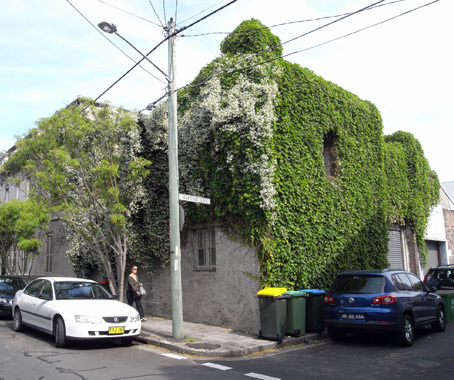
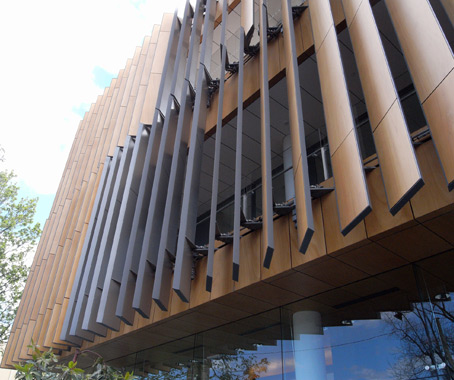
Lewis, who is also Director of design studio Supple Design, conducts four walks and a bike tour that traverse the cityscape of Sydney’s CBD and surrounding inner suburbs. Sign up for the Jørn Utzon tour and you may find yourself having a “really pointy conversation about the Opera House”; or join the Harbourings tour to consider the industrial heritage of Sydney Harbour.
A good amount of time and research goes into preparing the tours, and every new investigation is fruitful with factual fodder. With Sydney Opera House architect Jørn Utzon, for example, “the research has been pretty amazing,” comments Lewis. “The more I study the Opera House, [I realise] the idea and approach was so simple and clear. Utzon always studied nature for inspiration.”
This may lead you to reconsider the sheen of the Opera House sails which appear glacier-like – some might even liken them to fish scales; they produce a lively interplay of light between sails, sea and sun.
Lewis’ research and his continuing discoveries also feed back into his own architectural projects, which often begin with a process of “research and agitation”.
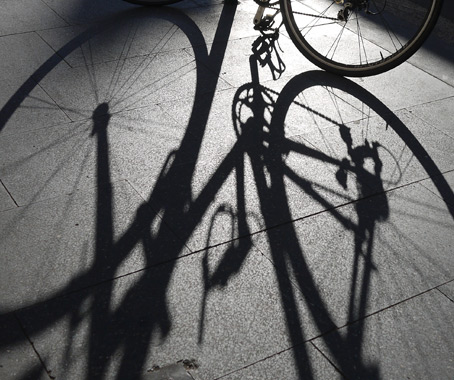
“The process is a little bit like being a detective – asking questions, looking for clues and responding directly to what you find,” he says.
Ideas are tested against their context – whether that be physical, economic, environmental, political or other. Often if the solution is too complicated “then I know we’re not on the right track,” says Lewis.
Like Utzon, Lewis uses the design phase to develop a guiding conceptual framework for each project. Here, the interplay of materials and ideas is paramount, and concepts are explored within the limits of the material.
“The material palette is key,” Lewis explains. “The palette is small, and richness is found within the possibilities of [this]. But there must always be at least one material that sets the others off. To create a spark or to unsettle… a counterpoint.”
Among his recent projects are a set of small public buildings, designed to be temporary and moveable. “Instead of using the tent as the metaphor, we used the LEGO set”, which saw Lewis develop a series of precast concrete elements from three moulds “that click and clack together in a heavy, elemental, direct way,” he explains.
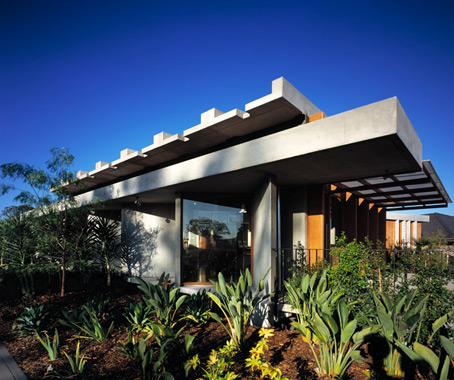
These structures in particular were inspired by an unbuilt series of houses Utzon designed in Pittwater (New South Wales) – “a tradition of Australian architecture that never happened.”
The investigations of both Lewis’ architectural projects and architecture tours continue, one quite often fertilising the other. He has two new architectural narratives afoot, researching a sixth architecture tour (by bike), while also reworking his LEGO-set structures, to produce an off-the-grid house for two environmental scientists in the Southern Highlands of New South Wales.
Eoghan Lewis is featured in DQ#45, as one of DQ’s Top Ten Forces and Faces in Design. Pick up your issue of DQ now to meet the full Top Ten, or subscribe to DQ here.
Supple Design
sydneyarchitecture.org/supple
INDESIGN is on instagram
Follow @indesignlive
A searchable and comprehensive guide for specifying leading products and their suppliers
Keep up to date with the latest and greatest from our industry BFF's!
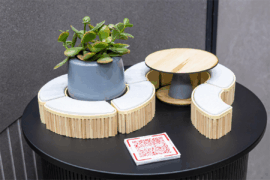
From the spark of an idea on the page to the launch of new pieces in a showroom is a journey every aspiring industrial and furnishing designer imagines making.
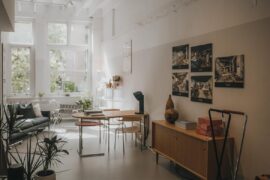
Sydney’s newest design concept store, HOW WE LIVE, explores the overlap between home and workplace – with a Surry Hills pop-up from Friday 28th November.
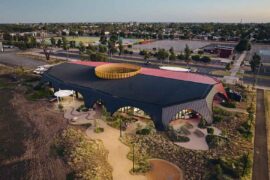
At the Munarra Centre for Regional Excellence on Yorta Yorta Country in Victoria, ARM Architecture and Milliken use PrintWorks™ technology to translate First Nations narratives into a layered, community-led floorscape.
Earp Bros and Porcelanosa Group present the most ecological parquet yet.

As Australia continues to foster a world-class foodie culture, more and more home cooks are searching for innovative equipment to cater to their growing needs. ILVE has always been at the forefront of the foodie movement, with ILVE Australia heavily influencing the design of their global appliances.
The internet never sleeps! Here's the stuff you might have missed
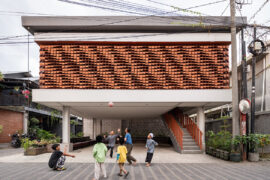
SHAU’s Kampung Mrican revitalisation transforms community life through social architecture, local collaboration and sustainable design.
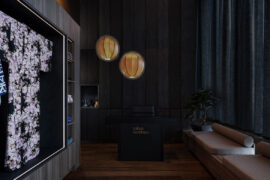
Making a splash on the hair spa scene, the latest project from X + O makes a little slice of Japan right at home in suburban Melbourne.